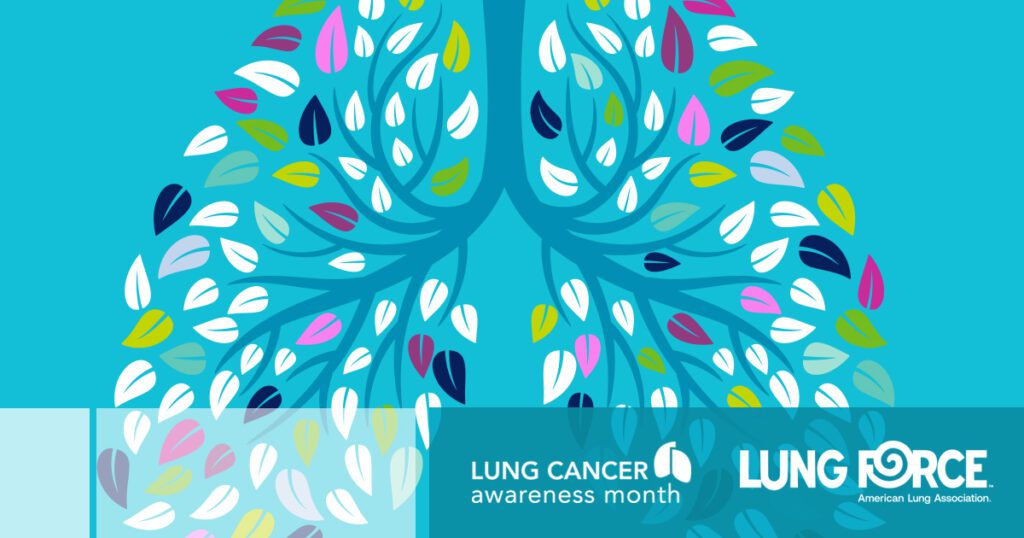November is Lung Cancer Awareness Month and National Chronic Obstructive Pulmonary Disease (COPD) Awareness Month – an opportunity to reflect on the progress made in treating both of these ailments and how far we have yet to go in continuing to innovate to provide patients with better outcomes for long and healthy lives.
And while there’s still work to do, we’re thankful for the advances in treating both of these diseases – many of which have been made possible by biotechnology.
Lung cancer and COPD, by the numbers
According to the American Lung Association, lung cancer is the leading cancer killer among women and men in the United States. In fact, lung cancer causes more cancer deaths among women than breast cancer.
Lung cancer is also the most common cancer worldwide, accounting for 2.1 million new cases and 1.8 million deaths globally in 2018, according to the World Health Organization (WHO).
COPD, on the other hand, resulted in 148,512 deaths in the United States in 2020, according to the American Lung Association. This makes it the sixth overall leading cause of death and the fifth disease-related cause of death, behind only heart disease, cancer, COVID-19, accidents, and stroke.
‘Longer, healthier lives’
“November is a month where we shine a light on two diseases that have a significant burden on American families: lung cancer and chronic obstructive pulmonary disease (COPD),” said American Lung Association National Assistant Vice President of Advocacy Erika Sward in a statement to Bio.News. “Lung cancer is the leading cause of cancer deaths in the country, and COPD is one of the leading causes of death.”
“Fortunately, advanced research, new technologies, and better treatments are leading to longer, healthier lives for people living with these diseases,” continued Sward.
“[T]he lung cancer five-year survival rate is now 25% and increased 21% from 2014 to 2018,” according to Sward.
As just one example reported by Bio.News in March, the U.S. Food and Drug Administration (FDA) recently approved the use of nivolumab – produced by Bristol Myers Squibb under the brand name Opdivo – in certain procedures for treating non-small cell lung cancer (NSCL), which is the most common type of lung cancer.
Screening, equity are needed
The American Lung Association’s fifth annual State of Lung Cancer report, released on Nov. 15, examines the toll of lung cancer state-by-state across the U.S. The report covers new cases, survival rates, early diagnosis, surgical treatment (or lack of treatment), Medicaid screening coverage data, and screening rates.
The 2022 report highlights the importance of screening, “which is critical to reducing the burden of lung cancer on families” by leading to earlier diagnosis, per the American Lung Association. In 2021, only 5.8% of those eligible were screened for lung cancer.


In addition, the report found “[p]eople of color who are diagnosed with lung cancer face worse outcomes compared to white Americans because they are less likely to be diagnosed early, less likely to receive surgical treatment, and more likely to not receive any treatment.”
“Addressing racial disparities in healthcare coverage is critical to addressing racial disparities in lung cancer care,” says the report’s key findings.
In addition, on November 16 for World COPD Day, the organization launched “Addressing COPD,” funded with support from the Centers for Disease Control and Prevention (CDC). The aim is to take a coordinated, comprehensive public health approach to improve COPD prevention, early diagnosis, treatment, and management.
Stay up-to-date on the latest information regarding lung cancer and COPD by checking out the American Lung Association’s new State of Lung Cancer report and COPD Trends Brief.




